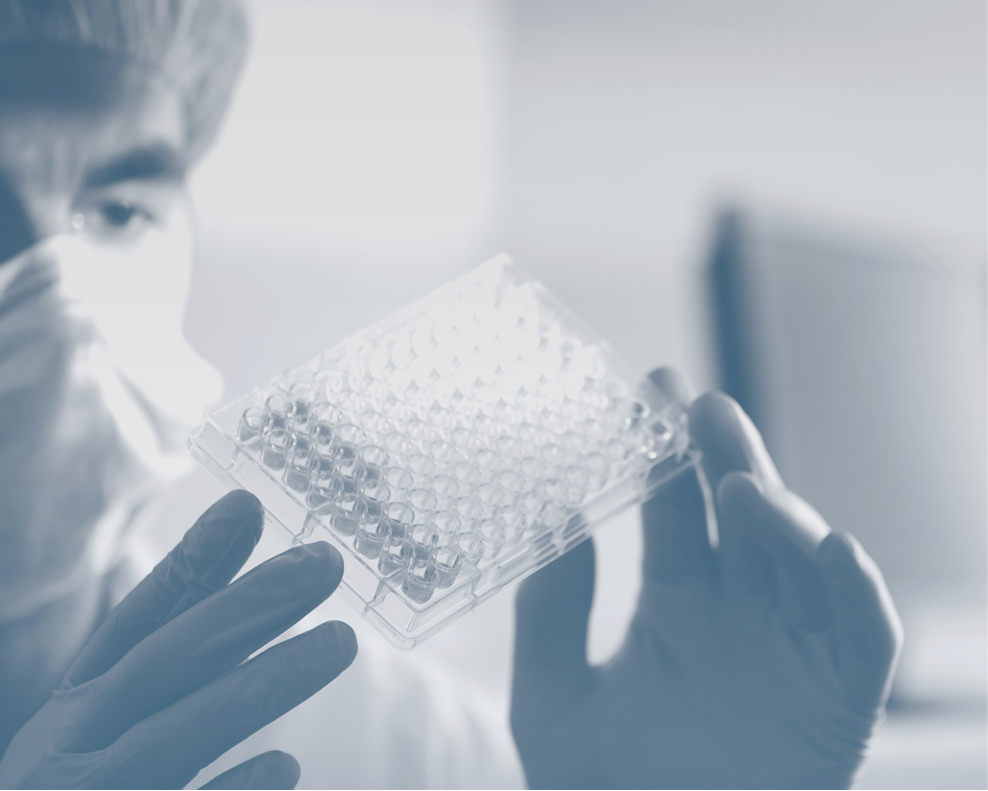Designing a Better Molecule to Target and Deliver Treatments
Treatments for aggressive and metastatic types of cancer often come in the form of “cocktails” that consist of multiple small-molecule anti-cancer drugs that are typically administered several times intravenously during the course of a treatment regimen. Although this approach has proven to be effective in some cases, it is also incredibly toxic and debilitating for the patient.
To mitigate this toxicity, the drug delivery community has worked to develop systems capable of delivering anti-cancer drugs with improved pharmacokinetics/biodistributions and dramatically reduced toxicities; however, it is very challenging to construct platforms that can support the precise loading of three or more drugs that are required for treatment.
Even more troubling, there are now concerns emerging over how drugs that are conjugated directly to the delivery platform are not released completely and efficiently once localized inside a tumor, and even when they are released in vitro/vivo, their modes of action may be different than those of the individual ‘free’ drugs.
These major delivery issues can often perturb or completely derail clinical trials that investigate efficacy using modern drug delivery systems. There is a pressing need for a better multi-drug delivery system that would provide complete and efficient release of drugs, while also preserving their desired modes of action.
“The Barnes group is developing a universal ‘plug-and-play’ type of drug delivery system…”
To overcome these major challenges, the Barnes group is developing a universal ‘plug-and-play’ type of drug delivery system composed of chemically linked supramolecular monomers that act as ‘smart’ receptors, or docking stations, for a wide variety and combination of small-molecule anti-cancer drugs.
This ‘supramacromolecular’ approach is advantageous because it will allow for loading the unmodified drugs onto the polymer, without chemical modification of the drug, thus maintaining the expected mechanism of action of each drug. Additionally, we plan to incorporate water soluble monomers that possess targeting groups and imaging agents, which will allow for greater recognition of cancer cells and to track localization of the proposed delivery system in tumors, respectively.
The results of this research will ultimately lead to a general platform for personalized medicine since the desired combination of anti-cancer drugs required to treat a certain type of cancer can be loaded as needed for treatment.





